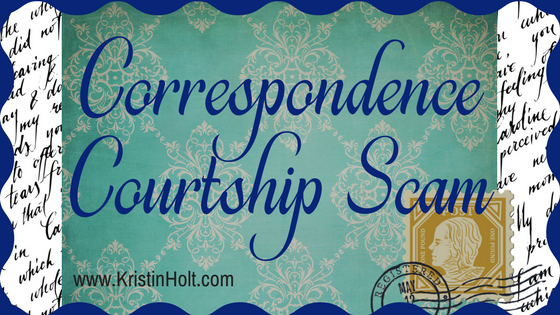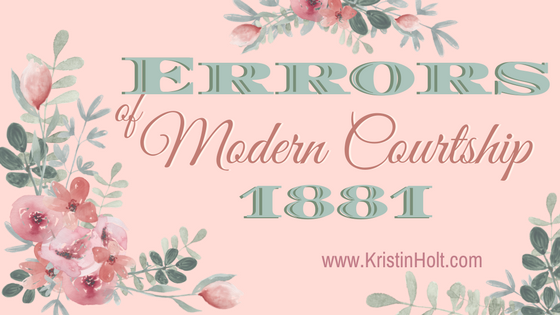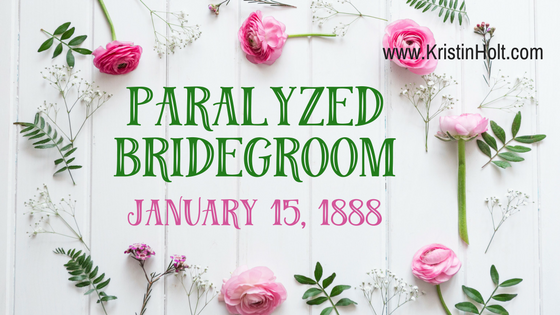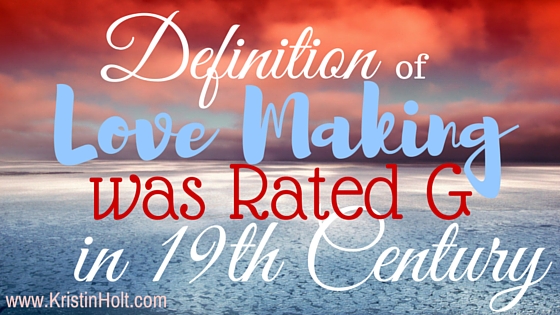
by Kristin Holt | Jun 17, 2019 | Articles
The Art of Courtship: Vintage wisdom relayed from the mid-nineteenth century to a newspaperman thirty years later (in 1887) sheds light on choosing a wife, beginning a courtship, different types of girls (shy, coquette [flirt], “vidders” [widows], and old maids, etc.). Victorian attitudes are prevalent, including the general idea that the sick and infirm aren’t suitable to marriage (think of the children!). Everything you wished your great-great grandpa had told you about courting… and more.

by Kristin Holt | Nov 9, 2017 | Articles
In 1905, The Courier of Harrisburg, Pennsylvania published an article detailing a “Correspondence” Courtship Scam. A young, innocent girl lost more than her heart, more than $1,000 (a fortune in today’s dollar)–she lost her confidence and her trust in humanity.

by Kristin Holt | Nov 6, 2017 | Articles
This vintage newspaper article, printed in Washington, D.C. in 1881, speaks frankly of concerns a minister has in the way young people go about courtship. Compared to today’s parents’ and grandparents’ concerns, we might draw parallel (or direct) comparisons. Much has changed, and much stays the same.

by Kristin Holt | Apr 2, 2017 | Articles
PARALYZED BRIDEGROOM: A vintage newspaper article published on January 15, 1888 in The Sunday Leader of Wilkes-Barre, Pennsylvania, shows the superstitious nature of one (Kentucky) widower…and a very odd set of circumstances. Note that the article takes care to explain both the effected bridegroom and the new bride are frugal, hard-working, well-respected people of common sense. Amazing what a bit of folklore, threats from a dying first wife, and “the power of suggestion” can do.

by Kristin Holt | Apr 15, 2016 | Articles
In my recent post about The Proper (and safe) Way to Terminate a Victorian American Courtship because we all know the threat of a suit of Breach of Promise was too great, a quote by the Reverend George W. Hudson in his 1883 book sounded rather scandalous. The good reverend actually said “making love”–and he didn’t mean in a sexual way. It’s essential to note that the term had a very different meaning in the 19th Century and early 20th Century than it does now.













